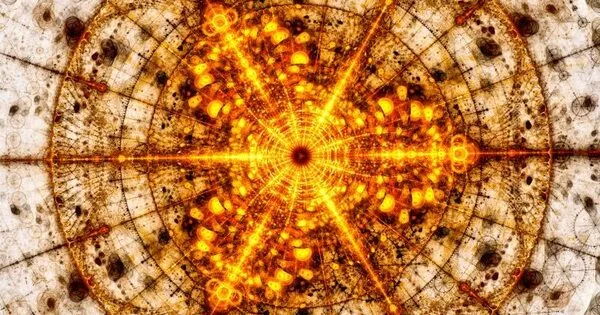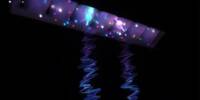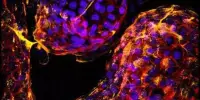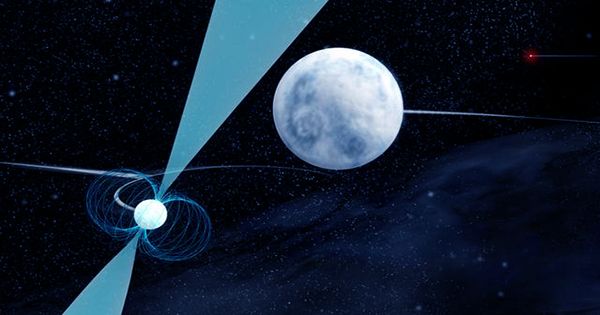Neutrinos are electrically neutral, weakly interacting subatomic particles that are very difficult to detect because they interact very weakly with matter. However, neutrinos can be produced in high-energy collisions in particle accelerators, such as the Large Hadron Collider (LHC) at CERN.
Neutrinos produced by a particle collider have been discovered by physicists. The discovery will help scientists better understand the subatomic particles, which were discovered in 1956 and play an important role in the process that causes stars to burn.
A team led by physicists at the University of California, Irvine has detected neutrinos produced by a particle collider in a scientific first. The discovery will help scientists better understand the subatomic particles, which were discovered in 1956 and play an important role in the process that causes stars to burn.
The research could also shed light on cosmic neutrinos that travel long distances and collide with the Earth, providing a window into the universe’s far reaches.
It is the most recent result of the Forward Search Experiment, or FASER, a particle detector designed and built by an international team of physicists and installed at CERN, the European Council for Nuclear Research, in Geneva, Switzerland. FASER detects particles emitted by CERN’s Large Hadron Collider there.
Neutrinos are the only known particles that the much larger experiments at the Large Hadron Collider are unable to directly detect, so FASER’s successful observation means the collider’s full physics potential is finally being exploited.
Dave Casper
“We’ve discovered neutrinos from a brand-new source – particle colliders – where you have two beams of particles smash together at extremely high energy,” said UC Irvine particle physicist and FASER Collaboration Co-Spokesman Jonathan Feng, who initiated the project, which involves over 80 researchers at UCI and 21 partner institutions.
CERN particle physicist Brian Petersen announced the results on behalf of FASER at the 57th Rencontres de Moriond Electroweak Interactions and Unified Theories conference in Italy on Sunday.
Neutrinos, discovered nearly 70 years ago by late UCI physicist and Nobel laureate Frederick Reines, are the most abundant particle in the universe and “were very important for establishing the standard model of particle physics,” according to Jamie Boyd, a particle physicist at CERN and FASER co-spokesman. “However, no neutrino produced at a collider had ever been detected experimentally.”
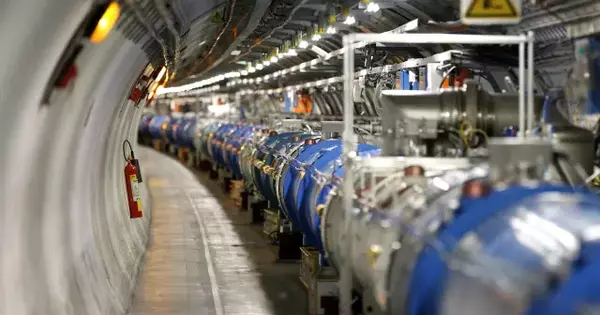
Since the groundbreaking work of Reines and others like Hank Sobel, UCI professor of physics & astronomy, the majority of neutrinos studied by physicists have been low-energy neutrinos. But the neutrinos detected by FASER are the highest energy ever produced in a lab and are similar to the neutrinos found when deep-space particles trigger dramatic particle showers in our atmosphere
“They can teach us about deep space in ways we couldn’t learn otherwise,” Boyd explained. “These very high-energy neutrinos in the LHC are critical for understanding really exciting particle astrophysics observations.”
FASER is a novel and one-of-a-kind particle-detecting experiment. FASER is about one ton and fits neatly inside a small side tunnel at CERN, in contrast to other detectors at CERN, such as ATLAS, which stands several stories tall and weighs thousands of tons. And it only took a few years to design and build using leftover parts from other experiments.
“Neutrinos are the only known particles that the much larger experiments at the Large Hadron Collider are unable to directly detect, so FASER’s successful observation means the collider’s full physics potential is finally being exploited,” said UCI experimental physicist Dave Casper.
Aside from neutrinos, one of FASER’s main goals is to help identify the particles that make up dark matter, which physicists believe accounts for the majority of matter in the universe but has never been directly observed. FASER has yet to detect dark matter, but with the LHC set to restart particle collisions in a few months, the detector is ready to record any that appear.
